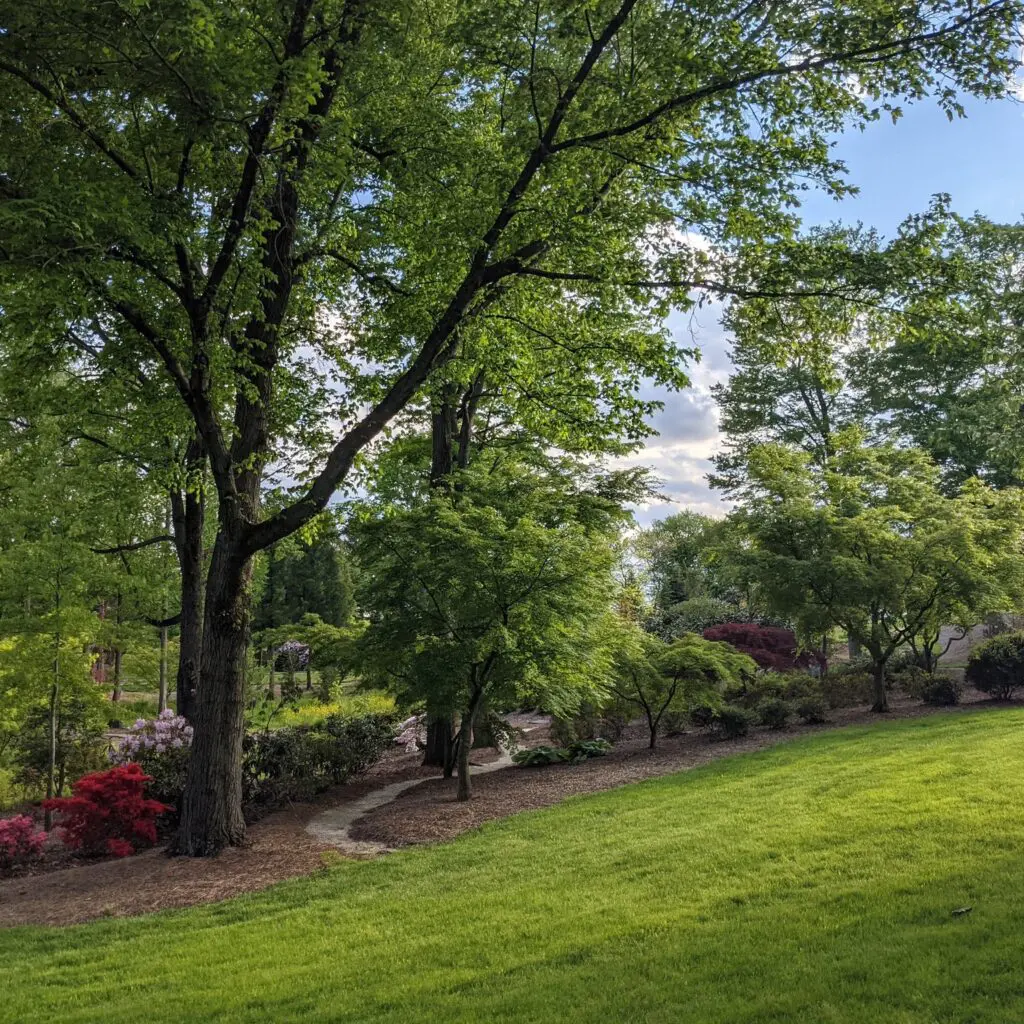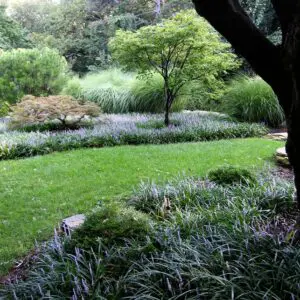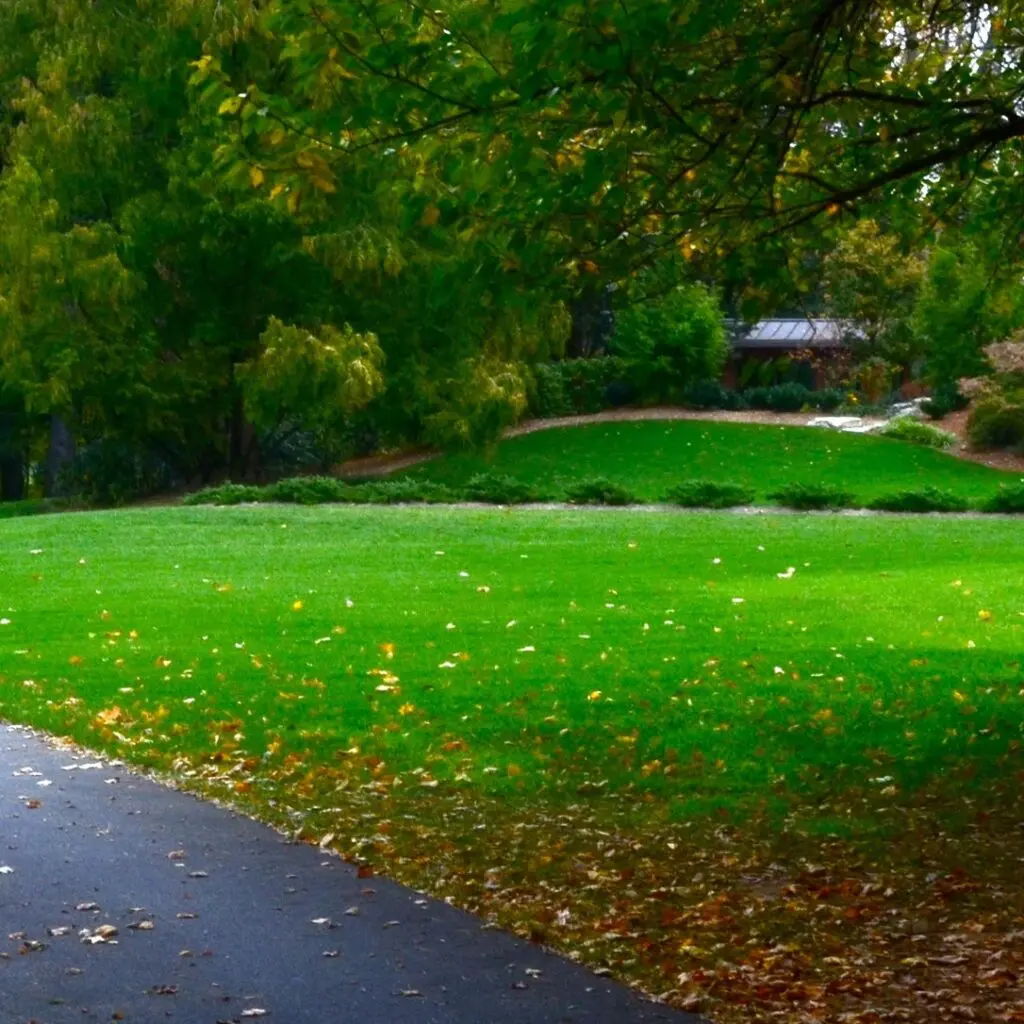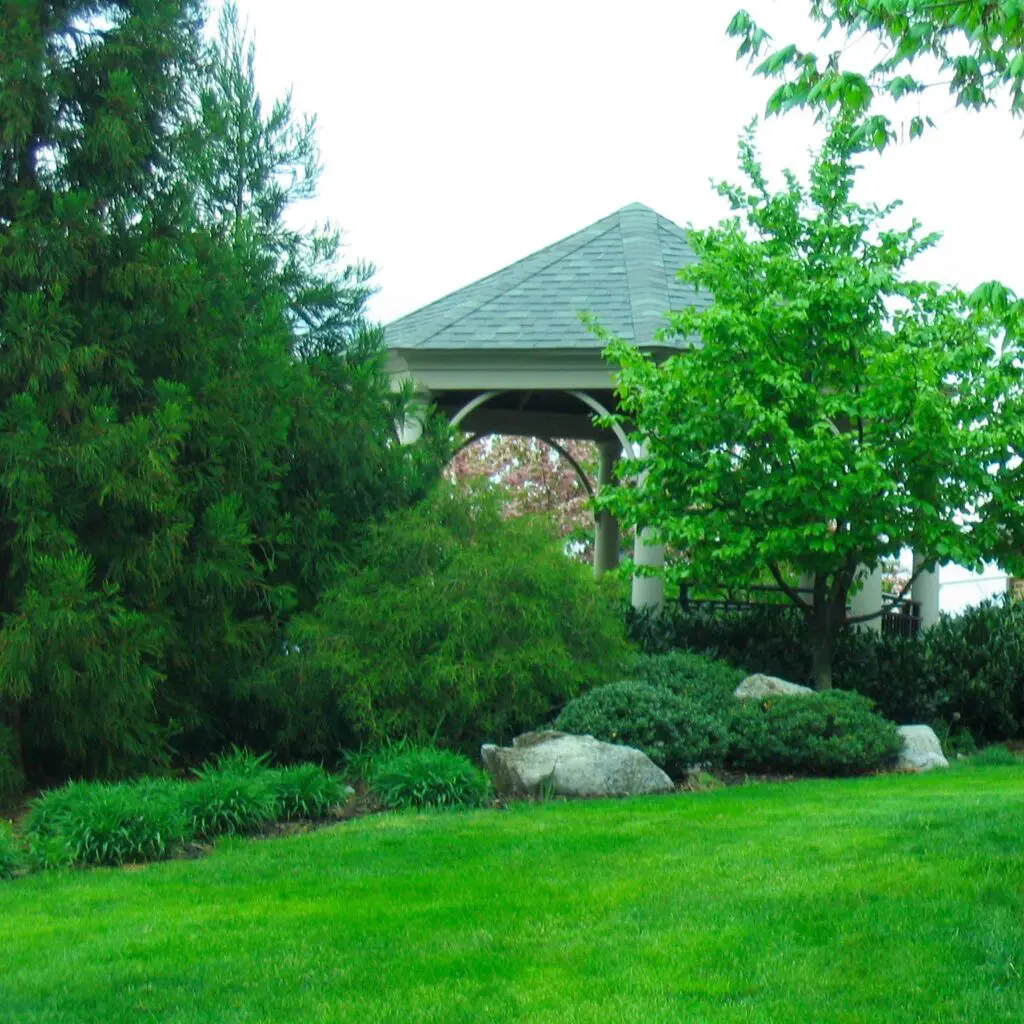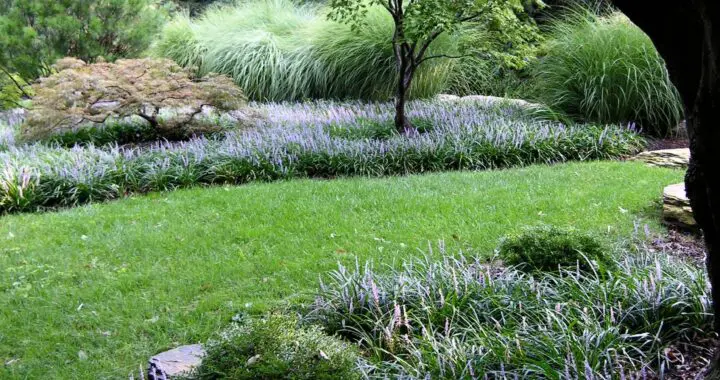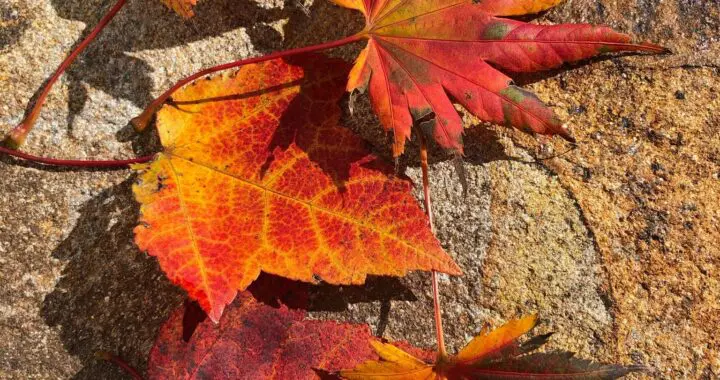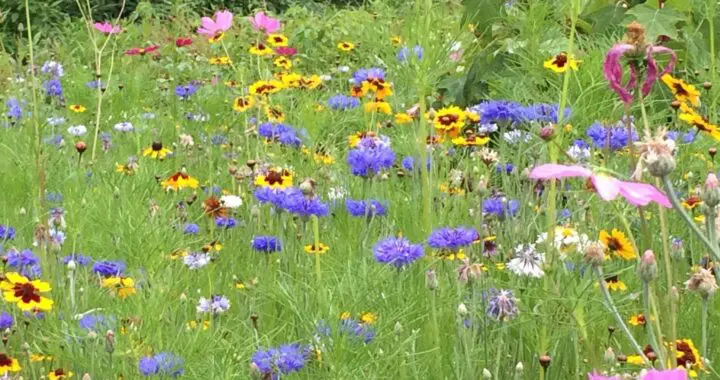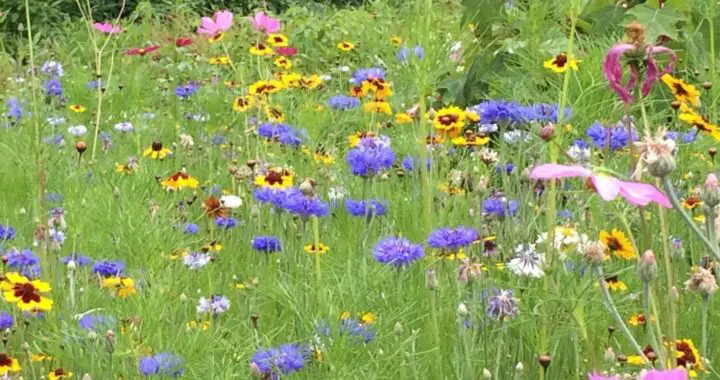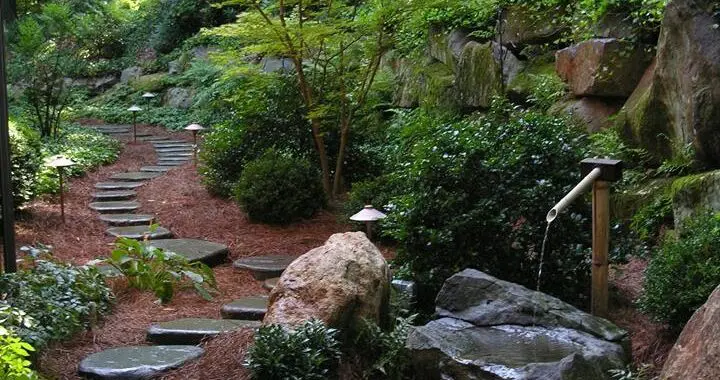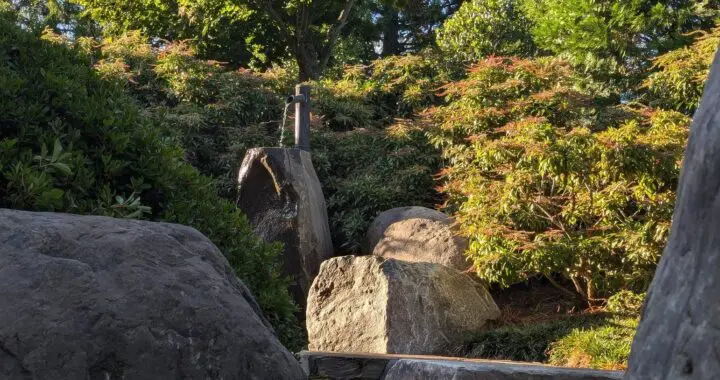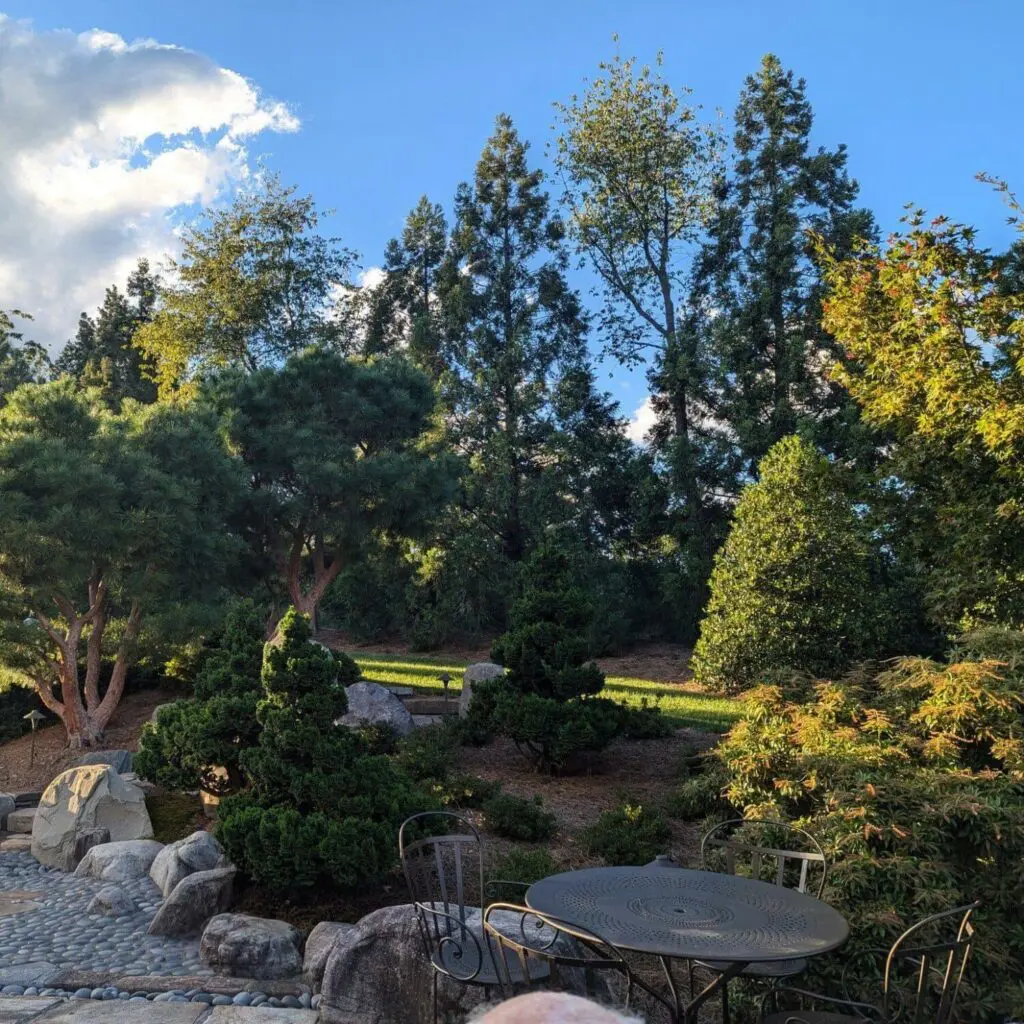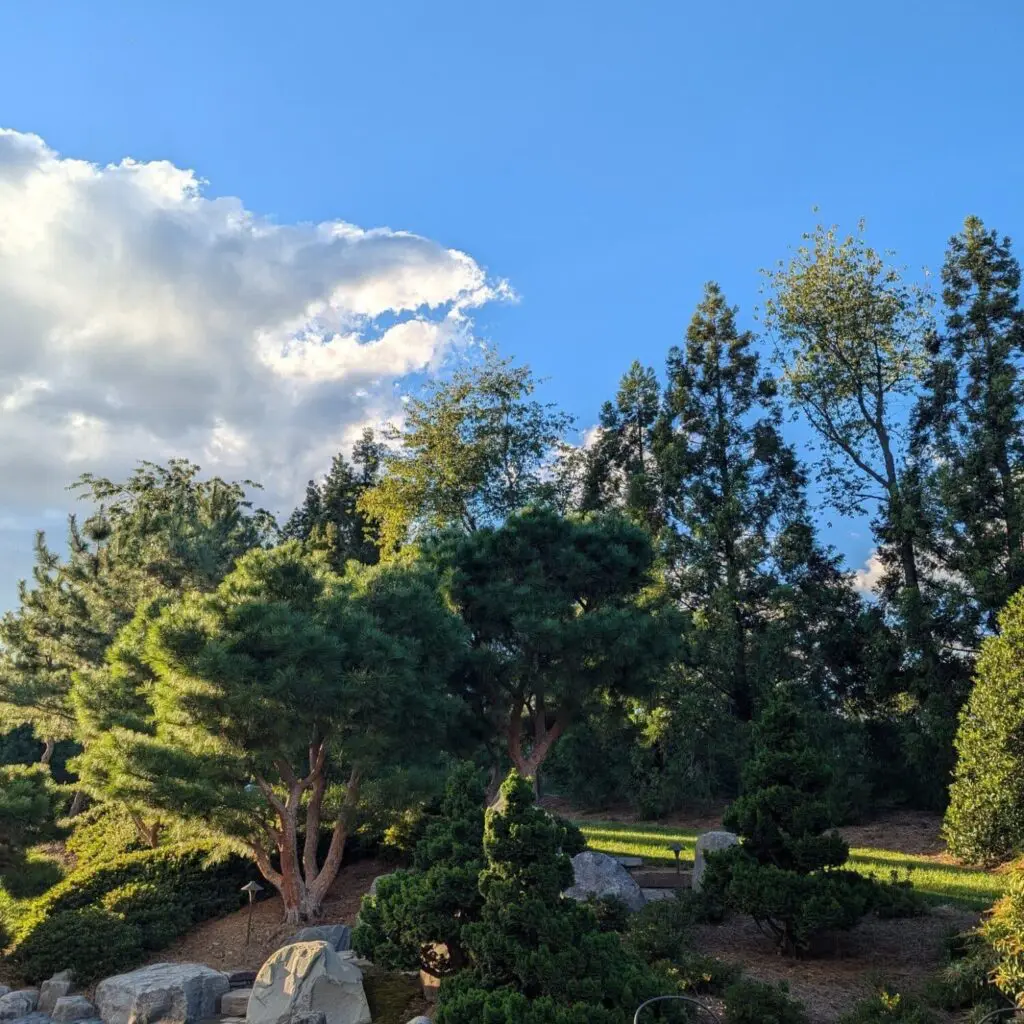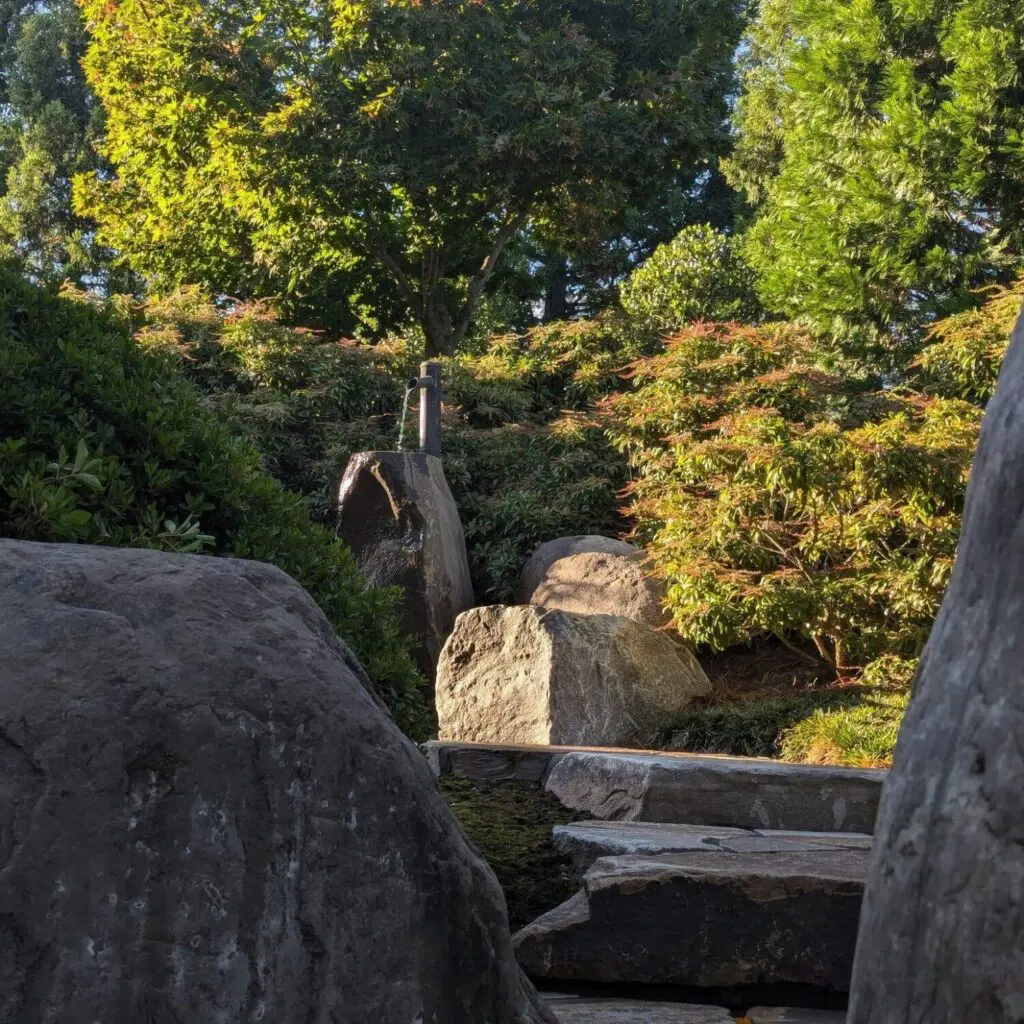Most people fertilize their lawns in spring, but did you know that fall is actually the best time to perform this task? Fall fertilization will help your lawn recover from
summer stress and prepare for next year’s growth.
Applying nitrogen fertilizer to lawns during the late season months of September through December–while the grass is still green and growing–provides several benefits not realized by spring and summer fertilization:
- Better fall and winter color;
- Earlier spring green-up;
- Increased shoot density;
- Improved fall, winter, and spring root growth;
- Enhanced storage of energy reserves (carbohydrates) within the turf plant.
Researchers and turf grass experts find these advantages far outweigh the disadvantages (potential snow mold injury and decreased cold tolerance), and heartily recommend fall application of nitrogen fertilizers to lawns.
To give your lawn the advantages of fall fertilization, call us today (717-653-1273) to schedule a visit this fall. Sean will be happy to come out and give your lawn a healthy head start!
Contributed by Betty Hanselman
Gardener’s wife (& green-lawn endorser)
